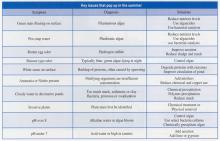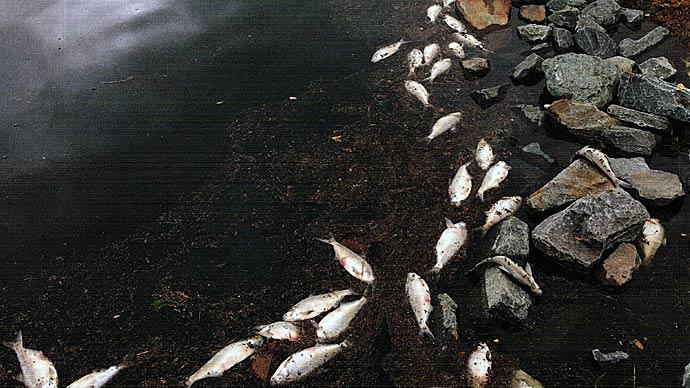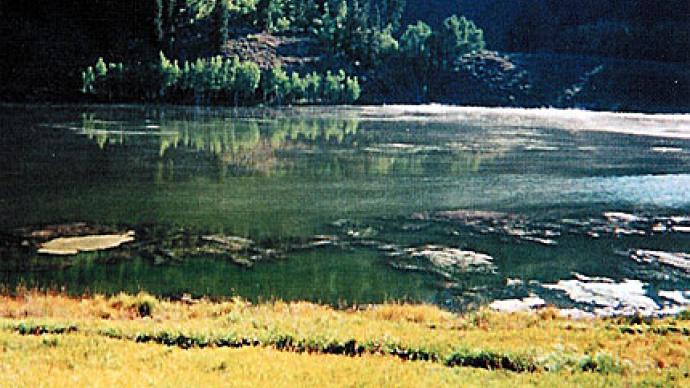
Summer is here, you're sitting on the deck enjoying the birds, fish, frogs and just reveling in amazement at how beautiful your pond is. Summer is a wonderful time to enjoy your pond and it's also a wonderful time for a variety of plants to grow. These may include alga and nuisance aquatic weeds. Warm water and nutrients can make several species proliferate.
For those of us who built brand new ponds, it's important we take healthy steps in this infant pond's development. This would include aeration, stocking the right kinds and sizes of fish, and choosing what aquatic plants you prefer to have growing rather than completely letting Mother Nature decide. For new ponds, it's about creating,the right balance so your ecosystem is in harmony. In some parts of the country this may also involve adding lime or fertilizer, depending upon what's dissolved in your water. If you add bacterial cultures to these ponds, do so sparingly as these fresh bodies of water can have very limited activity of all types and a little dab will do ya.
For those of us with more established ponds, or ponds that have been neglected, it's about picking your battle each summer. Find one or two things you can do to improve water quality and slow the growth of "bad" plants. Remember this, aquatic plants need three fundamental things to be able to grow. They need sunlight, temperature, and food. If ponds like this have a layer of muck mostly of biodegradable organic matter in the bottom, then we suggest physically dredging the pond or using a bacteria product in the bottom to remove muck. Beneficial microbes working with aeration can break down some of this muck, thus removing food from the rooted plants we don't like. We focus on managing the muck in older ponds as this is a rich source of nutrients and will often cause turbidity in the pond.
As always, any time you are trying to control alga or aquatic plants, consult with a local lake management applicator. There are so many types of aquatic plants and so many chemistries available to control the different situations, we always suggest finding field biologists who know plants and are careful with the environment. This means they know how to use the least chemistry with the most benefit.
For you do-it-yourselfers, please be cautious. It's very important to understand the "cause and effect" you will create any time you treat a pond. That holds true for both herbicides and aeration. Identify the "problem" before you offer a solution. Oftentimes, the problem is not the plants, but what is available that caused the plants to grow.
Summer is also a dynamic time because weather can dictate much of the health of your pond. Drought can have an impact as our friends in Texas saw last summer. Heavy rains in other parts of the country wash in leaves, grass, and nutrients. Floods can exchange nutrients, and extended periods of cool, cloudy weather can completely disrupt the chemistry of some ponds. For ponds that experienced a drought the year before and the pond was refilled with fresh rainwater, expect that water to green up quick as that ponds nutrients have concentrated in the soils and will easily dissolve into the water.
The biggest single issue that ponds face in the summer is lower dissolved oxygen concentration. Warmer water has lower oxygen solubility. This is when it pays the most to have an aeration system. If you see fish coming to the surface looking for air then you know you need aeration. But, by then it's too late.
So, summer is a time of activity inside the water column. Pay close attention to the volume and types of aquatic plants which grow. If your pond is older and has a buildup of muck, consider what it would take to begin to convert that muck to its basic nutrients and to bind them where they can't create a situation where your pond's health is at risk.
Learn the symptoms and you'll be able to identify potential problems and be proactive. See If you are noticing any of this issues this chart should give you some options to choose from. Water clarity varies from pond to pond and it really varies depending on the environment. Some ponds are not meant to be crystal clear while others just naturally stay clear. Study the chart and study your pond. The more you learn the better you will get and the better your pond will thrive.
Kevin Ripp is President of Aquafix, Inc, a laboratory dedicated to studying lakes and ponds. Aquafix produces bacterial and enzyme product to naturally improve pond balance. Kevin is affectionately known as the "Bugman " in his green lab coat, likes to work with pond owners and applicators to understand mechanisms for plant growth and be proactive, rather than reactive. Contact Kevin at teamaquafix @ gmail. com.




